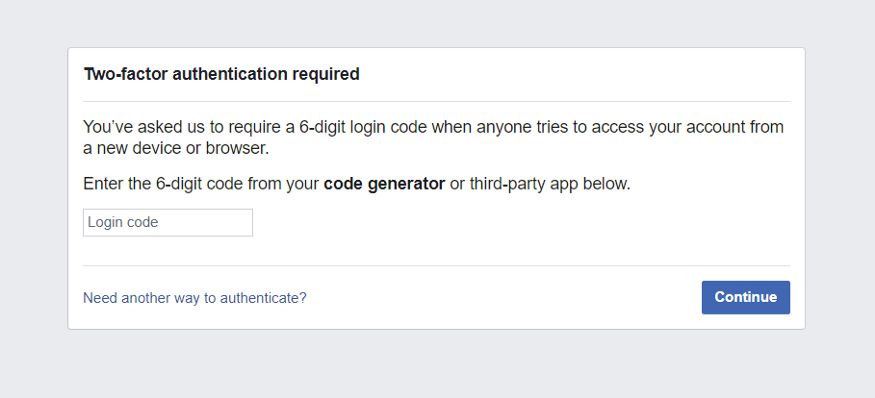Such a cool-sounding term, I had to find out its meaning and purpose. So here is the story.
Let’s take the story step-wise. You should have heard by now of 2-FA, two-factor authentication. The base idea is pretty simple. Apart from just the password, many of the websites might be sending you an OTP on the phone to grant access. That summarises the two factors. Your password is factor one, and possession of your phone number is factor 2. But just for curious people, I will share some knowledge.
Multi-Factor Authentication
In information security, we have three main pillars to verify someone’s identity.
- **Knowledge: **Something only the user knows
- **Possession: **Something only the user has
- Inherence: Something only the user is
Withdrawing money from ATM checks _possession _of ATM card and knowledge of the PIN. Encashing a cheque checks possession of the cheque book and inherence to the user’s signature. Attendance in my college lectures needs inherence to fingerprint and possession of the ID card. Writing proxy attendance in attendance sheet requires knowledge of friend’s roll number and _inherence _of the fake signature of your friend. You get the idea where it’s going.
Two-Factor authentication, as most of the examples above, is about combining the methods from 2 separate domains. It is different from Two-Step authentication, which can be just a password and a pin, both from the _knowledge _domain.
Where does Google Authenticator come in?
Many secure websites recommend, even enforce you, to use such two factors. More than often, the possession part is your phone number.
But waiting for OTP can be troublesome, especially in a place with poor networking. Many people may be stuck in places that do have good WiFi, internet connectivity but horrible cellular coverage. Like any place in the new CSE building of my college or even Chhatrapati Shivaji Maharaj International Airport in rush hours.
Why so many worries, right? If we just wanted to prove the possession of something, can’t we show the possession of our phone? Something that we always have. And more than often is the device we are using to log in to the website. This is the idea behind Google Authenticator.
How does it work?
At the time of first account creation, if you choose the authenticator app option in the available list, they will provide you with a QR code, which is the main secret that will remain shared between your phone and the website. You should print this QR code and keep it hidden in your cupboard or somewhere you can be safe about. Why? We will come to that later.
Ease of use
This secret that is shared through QR is more than often 16+ length of a random string. So are you supposed to type in every time? That will not only make it tough but also make the string knowledge than possession.
Instead, what the app does for you is taking this secret key and the current time as inputs, it generates a new OTP for you which is a 6–8 digit number that you can type in. This OTP is regenerated in 30 seconds and older OTP expires.
A Cyber hacker has to guess the OTP in a small time window. Anything later than that and the OTP will expire. This will not only prevent the entry but also warn the user through email about his password being compromised.
#two-factor-authentication #multifactor-authentication #google-authenticator #android #password-manager #authentication #technology #hackernoon-top-story
